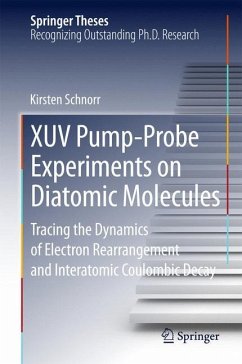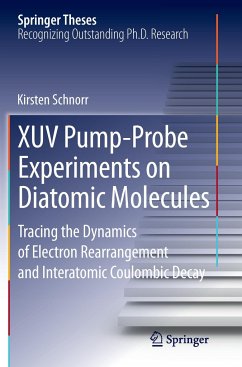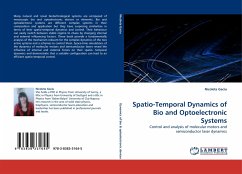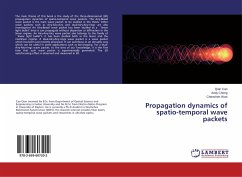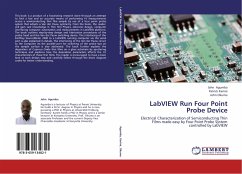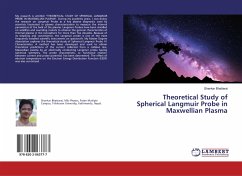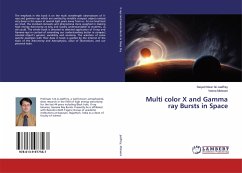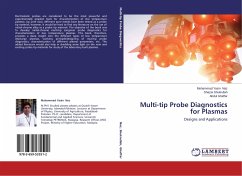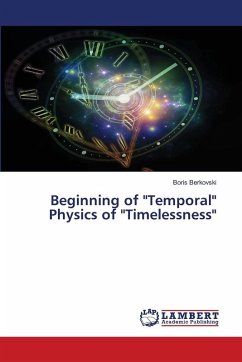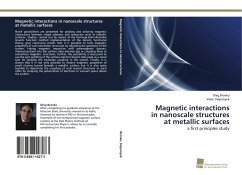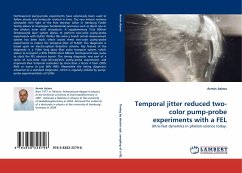
Temporal jitter reduced two-color pump-probe experiments with a FEL
Ultra-fast dynamics in photon science today.
Versandkostenfrei!
Versandfertig in 6-10 Tagen
45,99 €
inkl. MwSt.

PAYBACK Punkte
23 °P sammeln!
Femtosecond pump-probe experiments have extensively been used to follow atomic and molecular motion in time. The very intense extreme ultraviolet XUV light of the Free electron LASer in Hamburg FLASH facility allows to investigate fundamental processes such as direct one or few photon inner shell ionizations. A supplementary Ti:Sa 800nm femtosecond laser system allows to perform two-color pump-probe experiments with FLASH. Within this work a bunch arrival measurement system has been built, which assists these two-color pump-probe experiments to reduce the temporal jitter of FLASH. The diagnost...
Femtosecond pump-probe experiments have extensively been used to follow atomic and molecular motion in time. The very intense extreme ultraviolet XUV light of the Free electron LASer in Hamburg FLASH facility allows to investigate fundamental processes such as direct one or few photon inner shell ionizations. A supplementary Ti:Sa 800nm femtosecond laser system allows to perform two-color pump-probe experiments with FLASH. Within this work a bunch arrival measurement system has been built, which assists these two-color pump-probe experiments to reduce the temporal jitter of FLASH. The diagnostic is based upon an electro-optical detection scheme. Key feature of the diagnostic is a 150m long glass fiber pulse transport system, which allows to transport a 90fs FWHM short 800nm femtosecond laser pulse to clock the FEL electron bunch. The timing diagnostic was part of a series of two-color near-infrared/XUV pump-probe experiments and improved their temporal resolution by more than a factor 4 from 250fs RMS or worse to just 60fs RMS. Meanwhile the timing diagnostic advanced to a standard diagnostic, which is regularly utilized by pump-probe experimentalists at FLASH.



